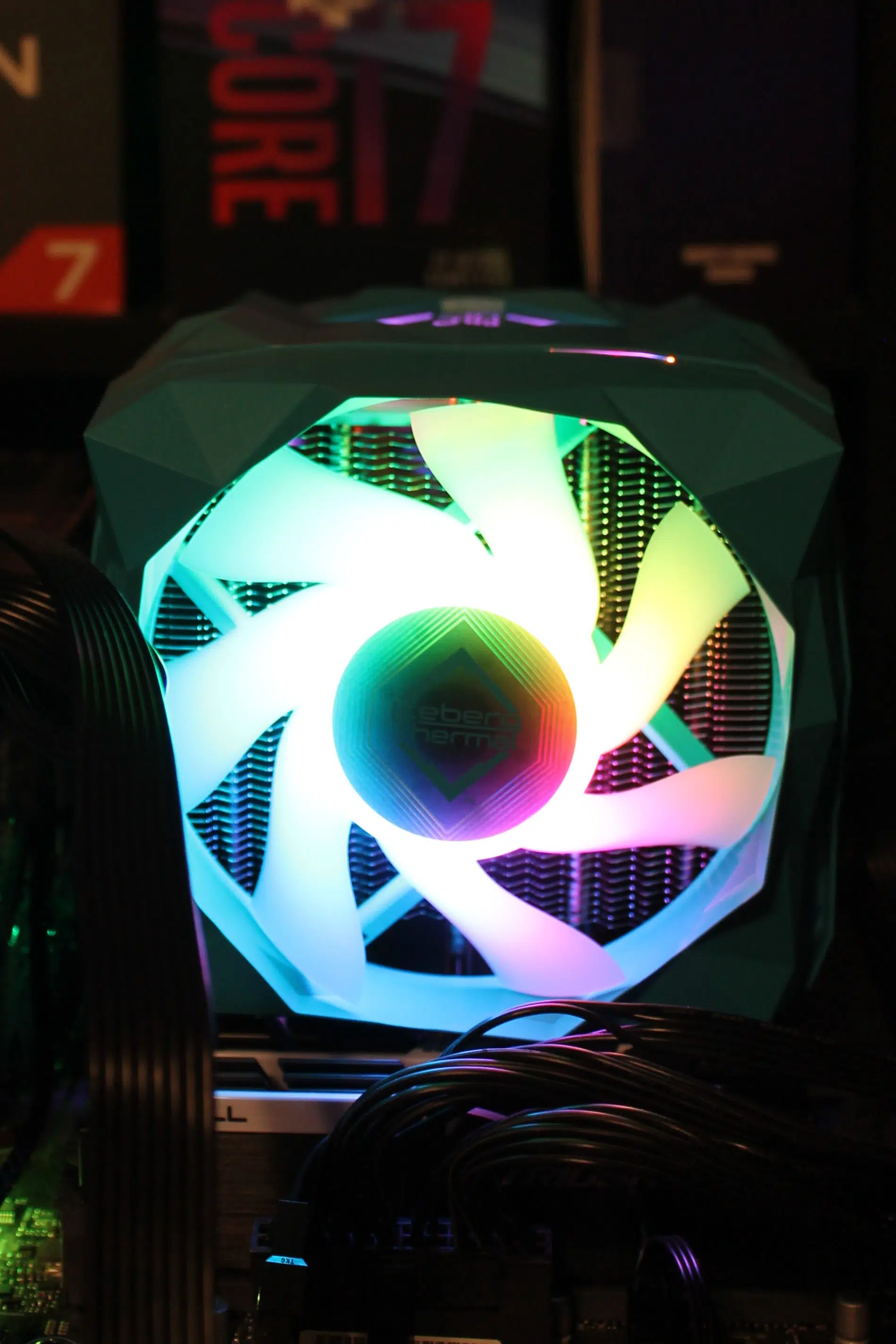Test Setup
We will use our standard air cooler test rig which you can read more about in this article. We’ve made a pair of changes by swapping in a Radeon R9 290X in the graphics slot and upgrading the test bench to a Lian Li PC-T60B. The new test bench gives a bit more ventilation and improves heat transfer by being aluminum instead of MDF.
In short, we are using a Ryzen 7 2700X set to all core frequencies of 3.7GHz and 4.1GHz with PBO disabled to allow for a constant level of heat production. We will run loops of CineBench R20 at various fan levels and record the observed temperatures. We will also compare it to the other coolers we have tested thus far.
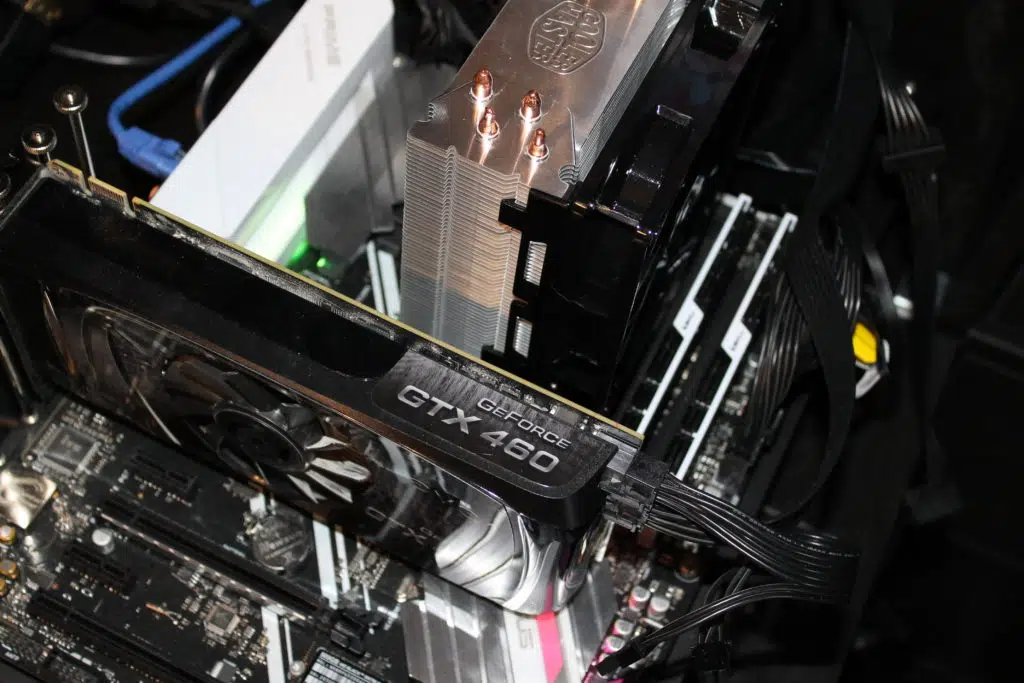
Installation
Installation on an AM4 socket can often involve swapping out the backplate on the motherboard and attaching some form of mounting setup on the other side to get the cooler to stick. In the case of the Iceberg Thermal IceSLEET X7 Dual, it utilizes the standard backplate that comes with AM4 motherboards and mounts its bracket to it.
Upon installing the brackets, we noticed that the backplate was not snug against the motherboard as we typically expect from other mounting solutions. Once we got the heatsink installed and mounted, the backplate was pulled taught against the motherboard.
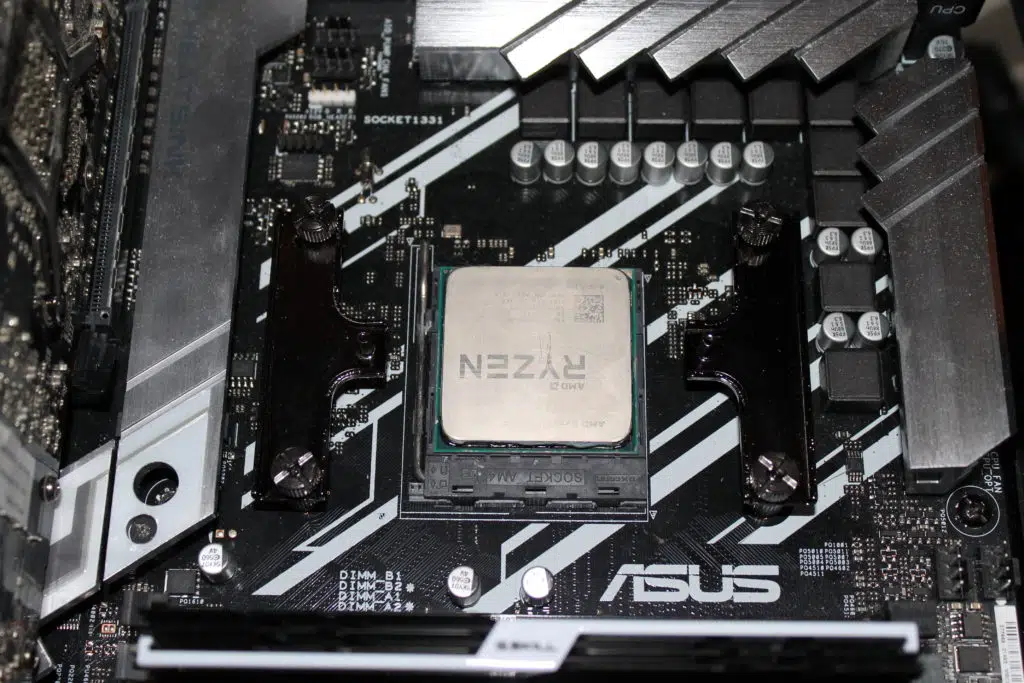
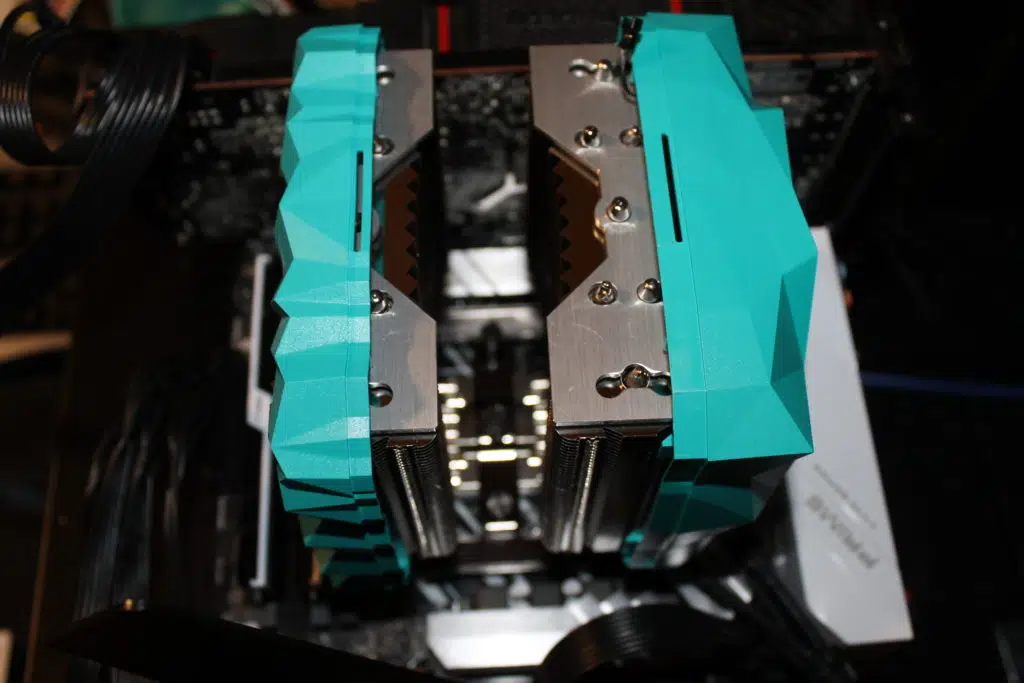
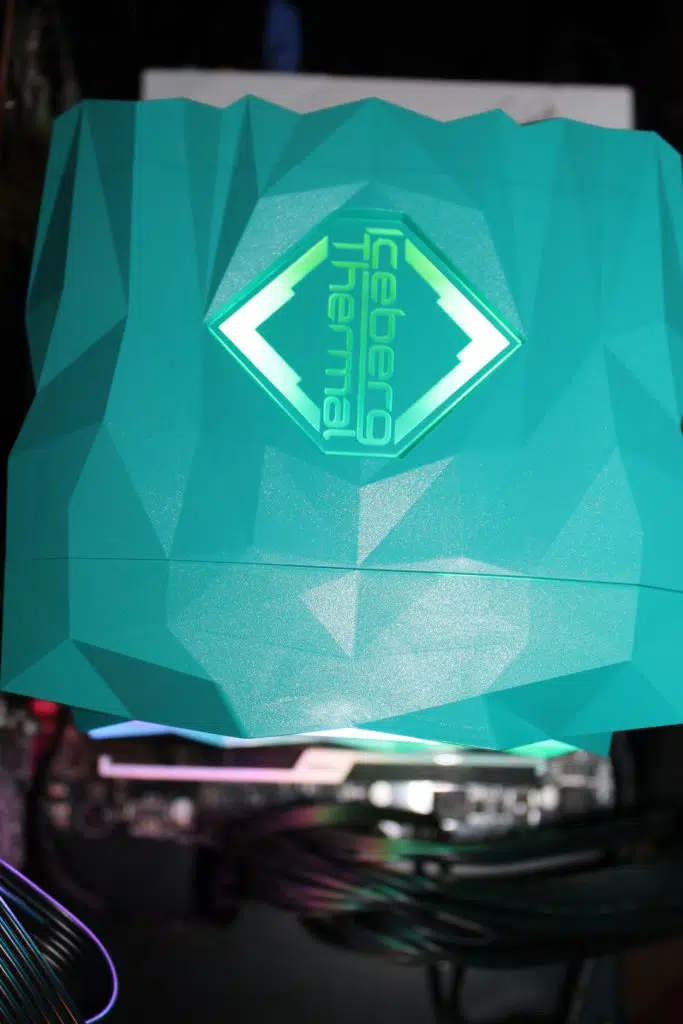
The installation requires you to shuck the outside of the fan casing as well as pull the middle fan out of the heatsink to get it mounted. Putting it back together was not the easiest task to get the housing to line back up and snap into place with the rest of the components.
We also took issue with the wiring configuration for the fans where the ARGB header branched off of the main PWM header and was given approximately 8″ of cable to reach the header. The issue here is that many PWM headers for CPU fans are located near the top of the board and the ARGB headers are located at the bottom, making it rather difficult to ensure the ability to plug both in without the need for extensions.
With everything comfortably situated, let’s see if the Iceberg Thermal IceSLEET X7 Dual is ready to chill!

